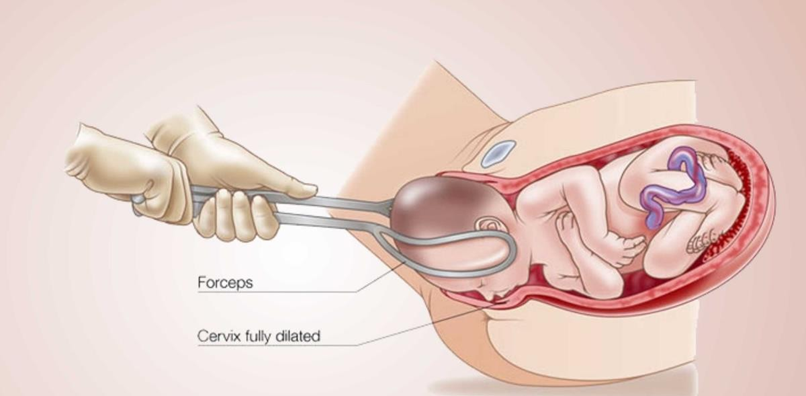A nurse is planning care immediately following birth for a newborn who has a myelomeningocele that is leaking cerebrospinal fluid. Which of the following actions should the nurse include in the plan of care?
Administer broad-spectrum antibiotics.
Cleanse the site with povidone-iodine.
Monitor the rectal temperature every 4 hr.
Prepare for surgical closure after 72 hr.
The Correct Answer is B
Rationale:
A. Administering broad-spectrum antibiotics is not indicated as the first-line intervention for a myelomeningocele that is leaking cerebrospinal fluid. Antibiotics may be initiated later if signs of infection develop.
B. Cleansing the site with povidone-iodine is essential to reduce the risk of infection and prevent contamination of the exposed neural tissue.
C. Monitoring the rectal temperature every 4 hours is important for assessing the newborn's overall health but is not specific to managing a myelomeningocele.
D. Surgical closure of the myelomeningocele may be necessary, but immediate care focuses on protecting the exposed neural tissue and preventing infection before surgical intervention.
Nursing Test Bank
Naxlex Comprehensive Predictor Exams
Related Questions
Correct Answer is C
Explanation
Rationale:
A. Bathing the baby immediately after a feeding is not recommended, as it may cause discomfort or spit-up due to movement and manipulation of the baby's body. It's best to wait until the baby is settled and not hungry.
B. Putting a soft mattress in the baby's crib increases the risk of sudden infant death syndrome (SIDS). Firm mattresses are recommended to reduce the risk of suffocation.
C. Washing the baby's face with plain water is a safe and appropriate instruction. Using plain water helps prevent irritation or allergic reactions that may occur with soaps or other cleansing agents.
D. Placing a bumper pad in the baby's crib is not recommended due to the risk of suffocation and strangulation. Bumper pads can also increase the risk of SIDS.
Correct Answer is B
Explanation
Rationale:
A. Polycythemia: Polycythemia, an elevated red blood cell count, is not typically associated with forceps-assisted birth.
B. Facial palsy:
Correct answer. Facial palsy, or weakness or paralysis of facial muscles, can occur as a complication of forceps-assisted birth due to pressure or trauma to the facial nerve during delivery.

C. Bronchopulmonary dysplasia: Bronchopulmonary dysplasia is a lung condition primarily affecting premature infants and is not directly related to the method of delivery.
D. Hypoglycemia: Hypoglycemia, low blood sugar levels, can occur in newborns for various reasons but is not specifically associated with forceps-assisted birth unless there are other complicating factors.
Whether you are a student looking to ace your exams or a practicing nurse seeking to enhance your expertise , our nursing education contents will empower you with the confidence and competence to make a difference in the lives of patients and become a respected leader in the healthcare field.
Visit Naxlex, invest in your future and unlock endless possibilities with our unparalleled nursing education contents today
Report Wrong Answer on the Current Question
Do you disagree with the answer? If yes, what is your expected answer? Explain.
Kindly be descriptive with the issue you are facing.
